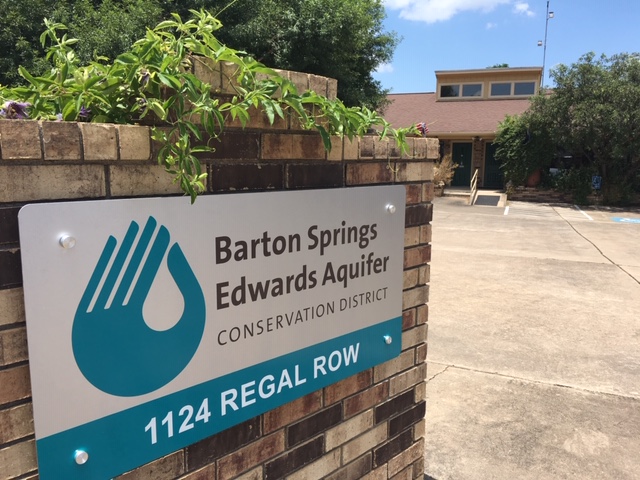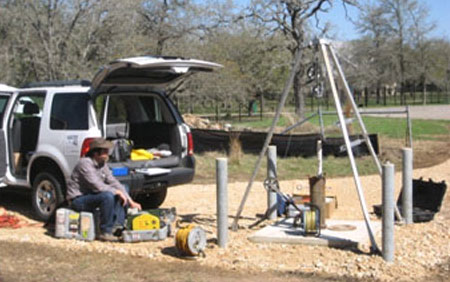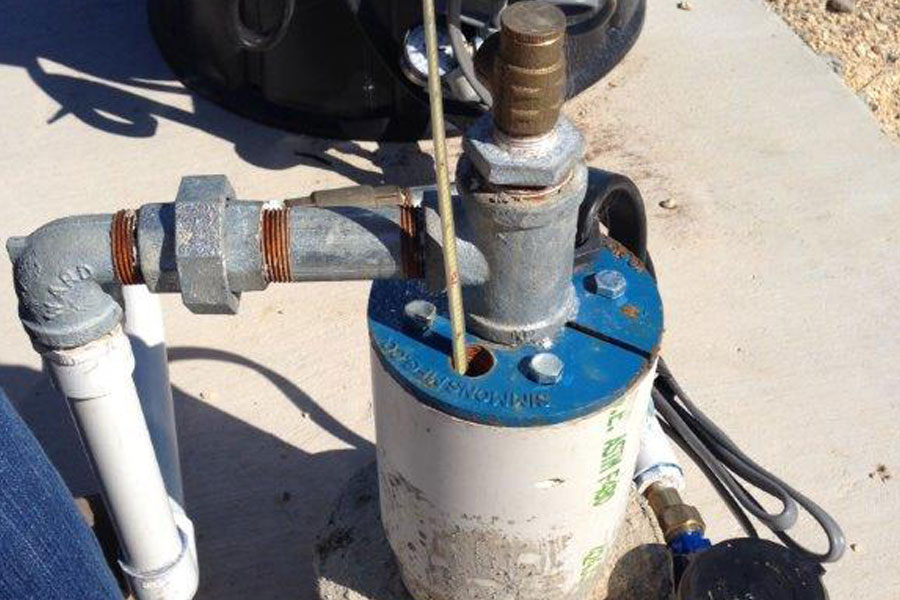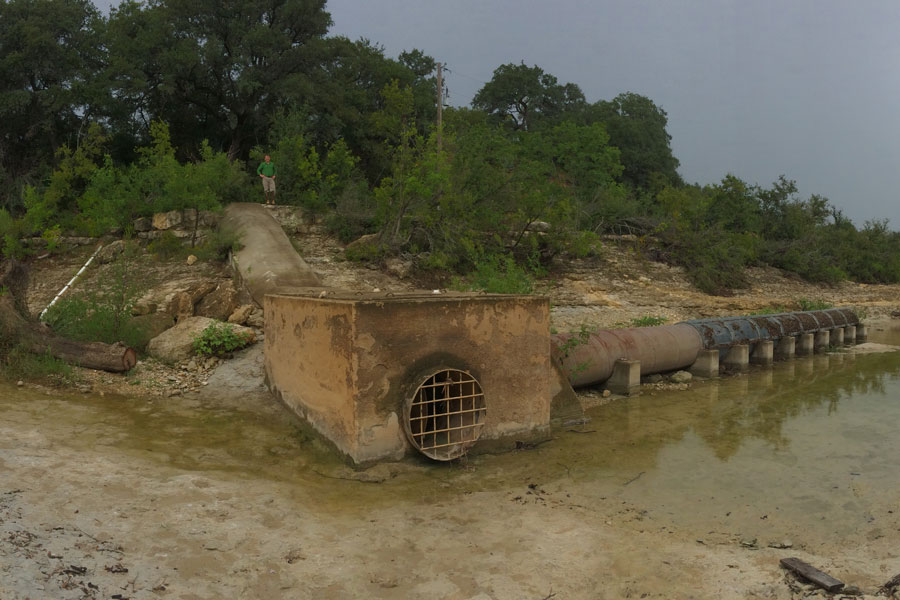Hydraulic Conductivity Testing in the Edwards and Trinity Aquifers Using Multiport Monitor Well Systems, Hays County, Central Texas
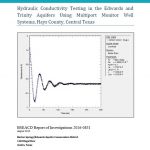 Report: View
Report: View
Topic: Edwards-Trinity Aquifer Connection & Characterization
Source: BSEACD
Format: Report of Investigations
Year: 2016
Hydraulic conductivity is one of the defining characteristics of hydrostratigraphic units. Detailed and quantified permeability information from the units comprising the Edwards and Trinity Groups is lacking in central Texas. These rock groups comprise important karstic and fractured carbonate aquifers. To better manage water resources and understand fate and transport of contaminants, the hydraulic parameters of the aquifers need to be quantified.
Slug testing is one of the most commonly used field methods for obtaining hydraulic conductivity estimates. This study presents slug test results from zones within two Westbay multiport monitor wells. The multiport wells are 1,125 and 1,375 ft deep and contain 14 and 21 zones, respectively. Zones range from 20 to 197 ft thick and are hydrologically isolated from one another by inflatable packers, allowing for discrete permeability testing, head measurements, and groundwater sampling. Multiple rising- or falling-head (slug) tests were performed for each zone. Hydraulic conductivity (K) values for each zone were calculated from the data using analytical solutions in AQTESOLV software. These data were compared to available geochemistry and head data from each zone.
This study has demonstrated that the lithostratigraphic units do not necessarily correspond to hydrostratigraphic units, and that permeabilities can be very heterogeneous within an aquifer. Accordingly, qualitative hydrostratigraphic delineations may have limited value because of the need for different types of data (lithology, geochemistry, heads, and permeability) to adequately characterize hydrostratigraphy.
Results of this study reveal three groups of hydrostratigraphic units with distinct permeabilities, heads, and geochemistry, as summarized below.
| Hydrogeologic Group | Thickness (ft) | Lithostratigraphy | Range of K (ft/d) | Avg. TDS (mg/L) |
| Edwards Aquifer | 495 (Antioch); 265(Ruby) | Georgetown Fm, Edwards Group, Upper Glen Rose | 0.1 to 3,382 (1,087 avg) | 313 |
| Upper Trinity Aquitard | 515 (Antioch); 350 (Ruby) | Upper and Lower Glen Rose | 0.01 to 2.3 (0.7 avg) | 3,200 |
| Middle Trinity | 140 (Antioch); 289 (Ruby) | Lower Glen Rose, Hensel, Cow Creek | 1.2 to 1,334 (348 avg) | 750 |
